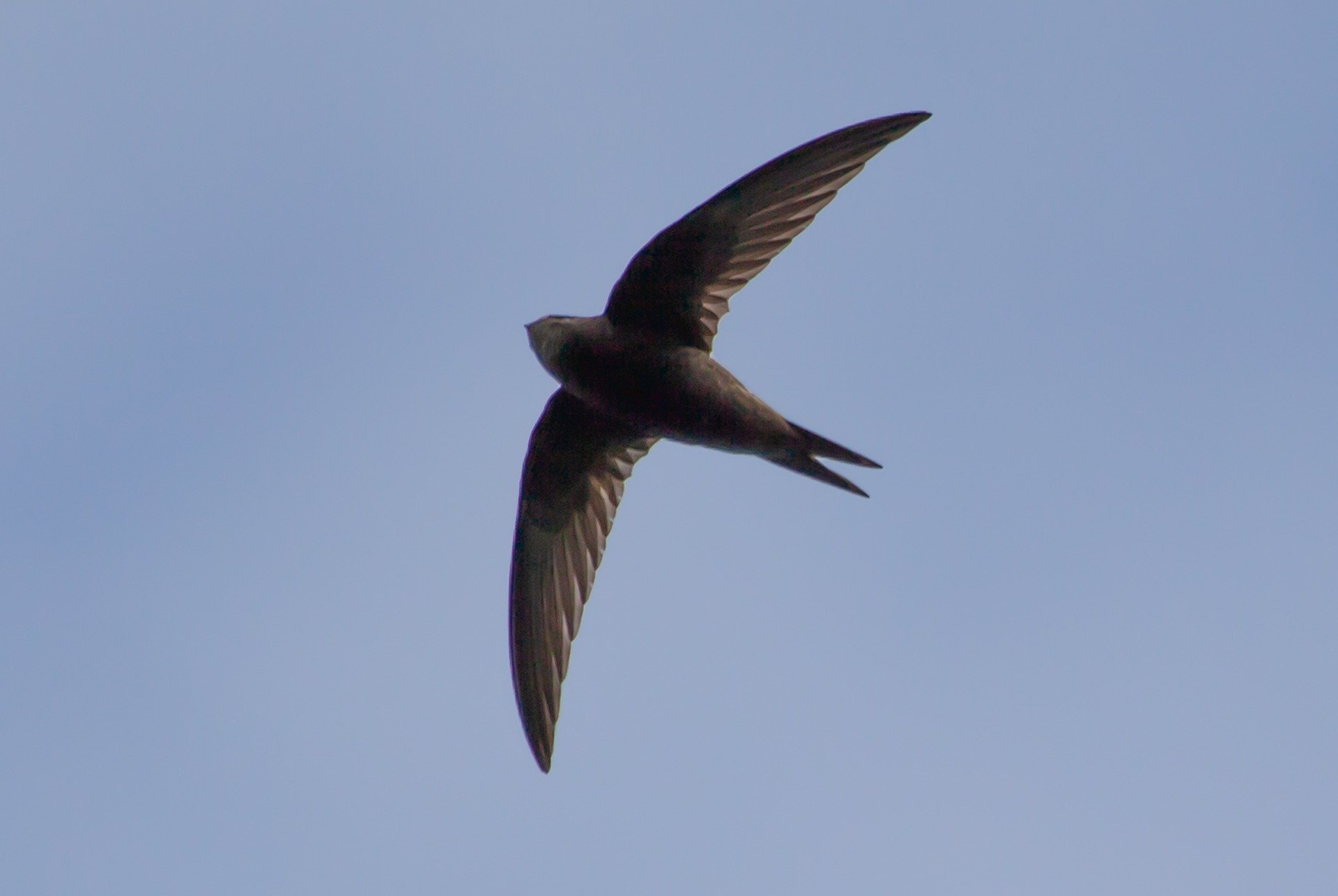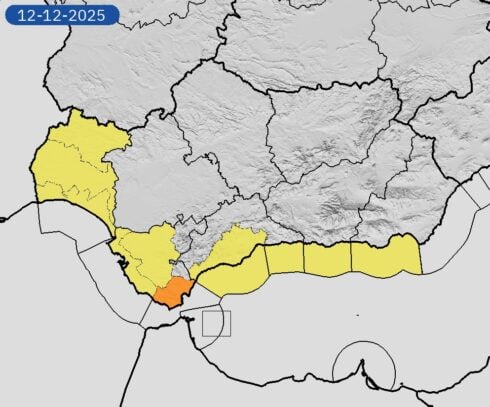THOUSANDS of swifts are currently flying over the African continent on their way to Spain to spend their breeding season here.
Migratory Swifts, following their annual biological cycle, are leaving their overwintering areas to cross Africa, flying over deserts, mountain ranges and seas to reach their summer breeding area in Spain.
The three-month return trip covers more than 11,000 kilometres, a journey shared by swallows, bee-eaters and a long list of birds, which after spending months in Africa, return announcing the end of winter.
This long journey, synchronised over thousands of years so that their arrival coincides with the right climatic moment, is not without dangers and threats.
Many hazards found on the journey are natural, such as geographical barriers, the weather, predators, or the search for food.
Unfortunately, in recent decades, migratory birds have had to face additional dangers arising from the presence and activity of man and climate change.
Destruction of their habitat, illegal hunting, overhead power lines, wind turbines all cause a threat to birds.
Many species, due to climate change, are also starting to change their migratory and breeding patterns, meaning that if offspring are born outside the time frame of maximum food availability, the survival of the species is jeopardized.
Concerns over the decline in numbers of migratory birds in recent decades have led to the launch of the Migra programme in 2011 by SEO/BirdLife in partnership with Fundacion Iberdrola España, who incorporate the latest geolocation and remote-monitoring technologies to learn about bird movements in greater detail, both within Spain and beyond.
According to Luis Martinez, web optimization / BirdLife City Biodiversity Technician, the fact that fewer sparrows, swallows and swifts are seen, isn’t anecdotal, rather a robust clear alarm signal of unprecedented ecological disaster.
We need to rethink our relationship with nature and eliminate all threats to the species wherever possible.” Martinez said.
Data from SEO/BirdLife’s spring monitoring programme for common birds show that the common swift has experienced a 27.2% decline in Spain over the last 22 years (1998-2020). For this reason, and to draw attention to its critical situation, SEO has declared it ‘Bird of the Year 2021’.
It is estimated that a swift can live for 12 years after having travelled more than 144,000 kilometres.
Click here to read more Nature News from The Olive Press.








